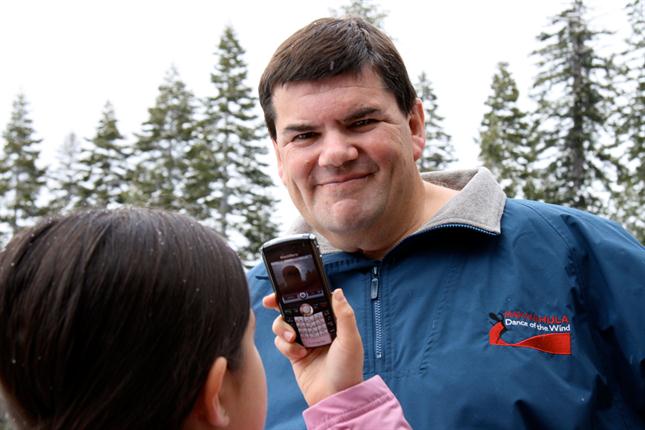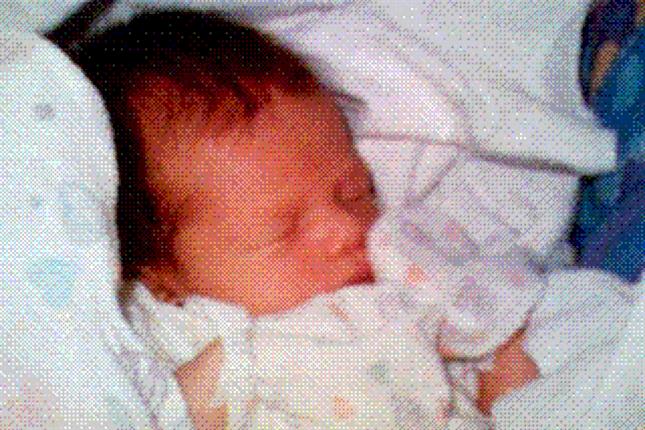Jawbone Unveils New Entry-Level Activity and Sleep Tracker, Powered by MotionX®, To Help You Move More And Sleep Better
SAN FRANCISCO – November 4, 2014 – Jawbone® today announced UP MOVE™, a new, easy-to-use activity tracker that helps you get fit, lose weight and have fun doing it.
At just $49.99, UP MOVE by Jawbone is the simplest way to get credit for your steps, exercise and calories burned while also capturing detailed information about your sleep. And UP MOVE lets you learn more with Smart Coach – the UP® App’s intelligent approach to personalized guidance and deeper insight that helps you move more every day.
“UP MOVE is a fun, easy way to track activity and at just $49.99, it’s a great option for anyone at the beginning of a fitness or weight loss journey,” said Travis Bogard, vice president of product management and strategy at Jawbone. “Incorporating the same best-in-class lifestyle and activity- tracking features of our UP and UP24 bands, the UP MOVE tracker combines style, versatility and comfort with highly accurate tracking and personalized guidance.”
Stylish New Design
Press the face of UP MOVE to see its sleek, hidden LED display light up to show you your progress toward your goals at a glance. Press once to display your step progress, twice to display the time, and three times to display your sleep from the prior night.
Made from a durable, nylon-like anodized aluminum, UP MOVE comes in five brilliant colors with corresponding clips so you can easily fasten it anywhere. Place the tracker discreetly in the coin pocket of your jeans, or use it with the clip to wear it on your sock, belt or bra. Colorful hypoallergenic wrist straps are also available in two widths, slim and standard, allowing you to wear UP MOVE on your wrist and mix and match it with your personal accessories.
UP MOVE comes with a replaceable battery that lasts up to six months, eliminating the need for regular recharging. It uses the same circular batteries found in digital watches and remotes, which are long- lasting and easy to replace.
Move More with Smart Coach
The accelerometer built into UP MOVE counts your daily steps without missing a beat, no matter where you go or how you wear it. UP MOVE can also be worn in bed to accurately track sleep, including hours slept and sleep quality. For optimum results, wear the comfortable wrist strap accessory during sleep.
UP MOVE connects wirelessly with Jawbone’s industry-leading UP App via Bluetooth® Smart, syncing regularly in the background to track your progress throughout the day and night. Smart Coach, the UP App’s intelligent guidance and insight system, stays with you every step of the way to help you understand what changes you should make, and encourages you to move more each day. You’ll get a deeper understanding of how your diet, sleep, activity and other choices affect your overall health and well-being, and you’ll be motivated with personal challenges like drinking eight glasses of water in a day, or taking 2,500 more steps.
With UP MOVE, you can connect with anyone in the UP system, regardless of whether they use Jawbone’s original UP® and UP24™ bands, or simply the free UP App for smartphones and wearables. Members of the UP community who have three or more teammates are likely to take 1,000 more steps per day which equates to 10 extra miles per month, according to Jawbone data. Use the new UP leaderboard to see how you stack up against your teammates for a little healthy competition.
Powered by MotionX®
The tracker is powered by MotionX® technology to provide a comprehensive summary of your daily progress, including steps and sleep.
“We spend nearly a third of our lives sleeping, but the vast majority of people have little to no insight into their nightly sleep habits,” said Philippe Kahn, founder and CEO of Fullpower. “UP MOVE is a leap forward in changing what we know about our daily behavior thanks to more than 170 million nights of sleep tracked and analyzed, and years of research and development on the biomechanics of natural human motion. Whether you are sleeping or awake, UP MOVE gives you accurate sleep and activity tracking using patented advanced sensing technology enabling ultra-long battery life.”
Available This Month
UP MOVE by Jawbone includes the pod-style tracking device, a corresponding clip and a replaceable battery, and it comes in a selection of five brilliant tracker and clip color combinations including:
Black Burst, Onyx Clip
Blue Burst, Fog Clip
Grape Rose, Purple Clip
Ruby Rose, Red Punch Clip
Slate Rose, Yellow Clip
It will be available for pre-order in select colors on Jawbone.com beginning November 5, and will be available for purchase at Jawbone.com, Amazon, Apple, Best Buy and Target stores later this month. The Grape Rose UP MOVE will be offered exclusively at Best Buy stores and on Jawbone.com.
Wrist straps for UP MOVE – available in slim and standard widths – will be sold separately in Onyx, Fog, Red Punch, Purple and Yellow as single straps for $14.99, and in assorted three-packs for $29.99.
The UP by Jawbone App for UP MOVE will be available on iOS and Android devices beginning this week as a free download from the App Store and Google Play.
About Jawbone®
Jawbone® is a world-leader in consumer technology and wearable devices, building hardware products and software platforms powered by data science.
The UP® system helps people live better by providing personalized insight into how they sleep, move and eat. Its open platform includes an ecosystem of apps and services that integrate with UP to offer new, customized experiences. The company’s approach to lifestyle tracking is unique, with over 1000 patents granted or pending related to its ecosystem and wearable technology manufacturing processes.
Jawbone is also the creator of the best-selling JAMBOX® family of wireless speakers, the award-winning Jawbone ERA® Bluetooth® headsets, and NoiseAssassin® technology.
Headquartered in San Francisco with offices globally, Jawbone products are available in over 40 countries around the world.
Visit Jawbone.com/trademarks for more information on trademarks owned by AliphCom dba Jawbone. Other company and product names may be trademarks of their respective owners.
About Fullpower-MotionX
Founded in 2003, Fullpower’s world-class team leads the wearable and IoT revolution. The MotionX Sensor-Fusion Technology Platform includes a suite of tightly coupled and integrated firmware, software and communication components that are the building blocks for new breakthrough non- invasive, wearable wireless devices. Fullpower powers market-leading wearable solutions from Nike, Jawbone and others. The Fullpower wearable patent portfolio includes more than 45 issued patents and more than 75 patents pending covering Sleeptracker®, MotionX®, bands, pods, smart watches, eyewear, clothing, sensor-fusion, IoT, health, medical, wellness and machine learning. Fullpower showcases some of its MotionX Technology Platform via its iPhone and iPad applications, which lead the App Store in the Medical, and Navigation premium paid categories.
Media Contacts:
press@jawbone.com
fullpower@43pr.com
For more news and stories from Jawbone, please visit blog.jawbone.com.
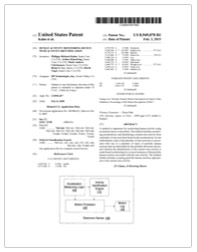
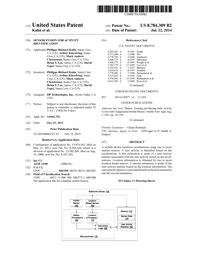

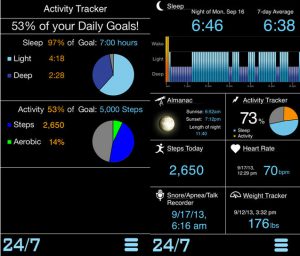
 Major companies such as Apple, Google, Microsoft are increasingly getting into the wearable computing business. The opportunity is huge, especially for makers of MEMS based sensors, electronics, and associated software.
Major companies such as Apple, Google, Microsoft are increasingly getting into the wearable computing business. The opportunity is huge, especially for makers of MEMS based sensors, electronics, and associated software.